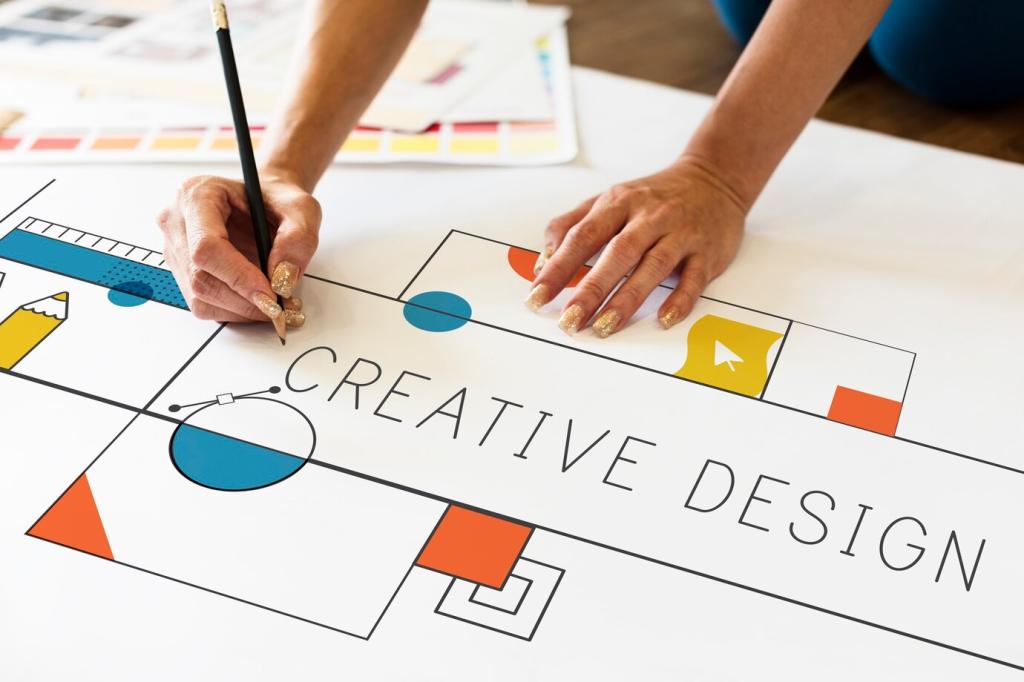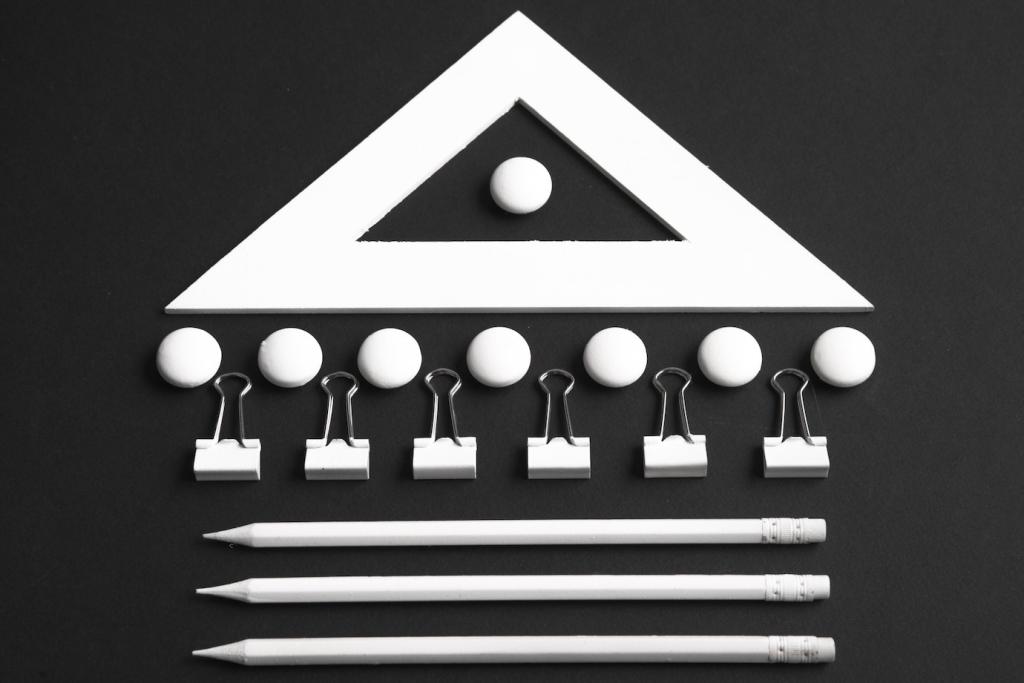
Choosing a Color Palette for Your Space: From Idea to Atmosphere
Chosen theme: “Choosing a Color Palette for Your Space.” Welcome! Let’s turn walls into stories, moods into hues, and rooms into reflections of you—thoughtful, confident, and full of personality.
Color Psychology in Home Design
Warm tones like terracotta and honey feel inviting and social, perfect for living rooms. Cool blues and greens restore focus and ease, ideal for bedrooms and offices. What atmosphere do you want? Tell us below and inspire fellow readers.



Reading Your Light Before Choosing Colors
North-facing rooms cool colors; south-facing rooms enrich warmth. Watch how noon brightness flattens color while evening deepens it. Tape swatches on multiple walls and note changes hourly. Post a photo of your room’s orientation to get targeted feedback.
Reading Your Light Before Choosing Colors
Warm bulbs cozy up whites and creams, while cool bulbs sharpen blues and grays. Try dimmable LEDs and test your palette at night. Keep a two-day color diary and comment with what surprised you most after sunset.


Building a Cohesive Palette: Base, Secondary, Accent
Begin with something you love: a rug, artwork, or heirloom chair. An indigo rug once guided my palette toward soft fog-gray walls and clay accents. What is your anchor piece? Describe it, and we’ll suggest complementary directions.
Building a Cohesive Palette: Base, Secondary, Accent
Let the base color lead at 60%, a secondary at 30%, and an accent at 10%. This ratio keeps rooms grounded yet lively. Try it on a mood board and report which element you struggled to scale.
Sampling Smart: Swatches, Boards, and Big Test Patches
Create a Temporary Mood Board
Combine paint chips, fabric scraps, wood finishes, and metal samples on a foam board. Photograph it in morning and evening light. Post your board’s photo in the comments and ask for two honest reactions.
Paint Big Samples on Poster Boards
Roll large samples on removable poster boards and move them around the room. Watch edges near trim, ceilings, and corners. Live with them for forty-eight hours, then share which one kept winning your attention.
Name, Label, and Compare Objectively
Write brand, color code, sheen, and date on every sample. Snap a grayscale photo to judge value contrast. Tracking data reduces second-guessing. Want a printable tracking sheet? Subscribe and we’ll send our favorite template.



Small Spaces, Big Impact: Scale, Contrast, and Continuity

Low-Contrast Layers to Calm and Enlarge
Pair walls, trim, and textiles within neighboring tones of the same hue. When edges soften, the eye stops counting boundaries, and rooms feel bigger. Try it in a hallway and report how it changes your sense of flow.

High-Contrast for Drama in Tiny Doses
A pitch-dark powder room with brass accents can delight precisely because it’s brief. Use deep color in small spaces to create surprise. Would you try a bold powder room? Vote and explain your hesitation or excitement.

Ceilings, Doors, and Unexpected Accents
Consider painting the ceiling a soft tint or the interior of a door an accent shade. These moments create rhythm without clutter. Show us your boldest interior door idea and gather feedback from the community.
If a color is everywhere today, try it in pillows, artwork, or flowers first. Swap seasonally without repainting. Which trend hue tempts you right now? Subscribe and we’ll send five low-commitment ways to test it.
Trends vs. Timeless: Choosing with Confidence
Texture, value shifts, and subtle undertones keep neutrals alive. A client’s greige living room sang once we added linen, oak, and clay pottery. Share your favorite neutral and we’ll suggest a trio of textures to elevate it.
